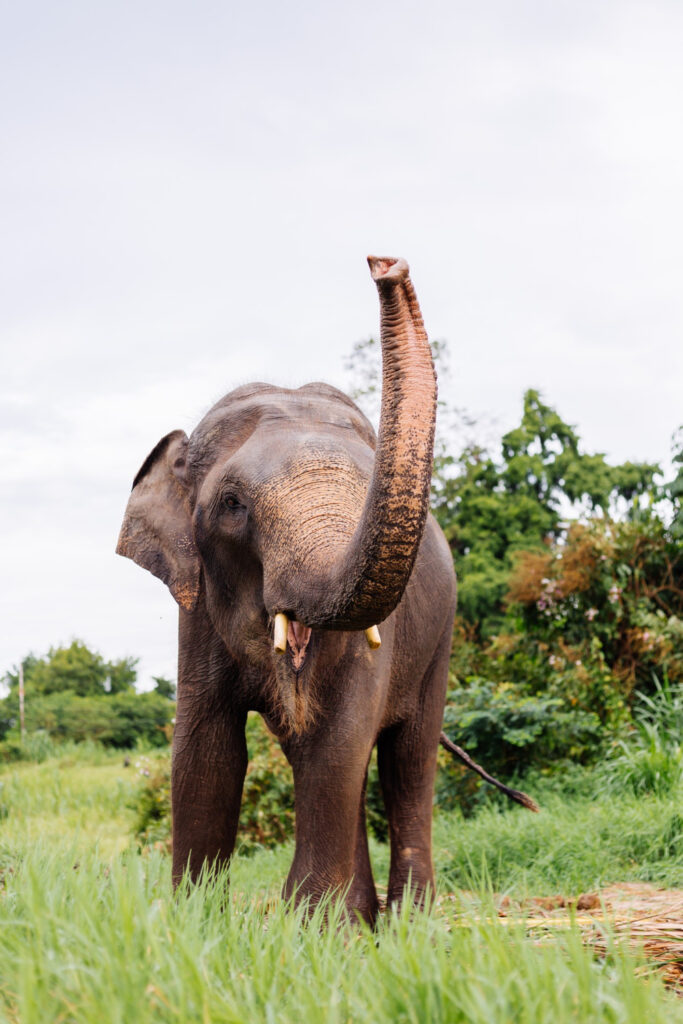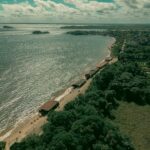As human populations expand and natural habitats shrink, conflicts between people and wildlife have become increasingly common worldwide. Through its extensive work in large infrastructure, mining, and agricultural projects, Ksapa has frequently encountered and addressed these complex challenges. From elephants raiding crops in Asia to bears wandering into suburban neighborhoods in North America, these encounters often result in losses for both humans and animals. However, innovative solutions are emerging that help communities coexist peacefully with wildlife while protecting both human livelihoods and animal populations. Drawing from Ksapa’s comprehensive portfolio of tools and methodologies, including stakeholder mapping, engagement strategies, and community-inclusive landscape approaches, this article explores practical approaches that have proven successful in mitigating human-wildlife conflict across different contexts.
Understanding the Economic Impact: Compensation and Insurance Schemes
One of the most significant challenges in human-wildlife conflict is the economic burden placed on communities living near wildlife habitats. Through Ksapa’s work in agricultural development projects, we’ve witnessed firsthand how farmers can lose entire harvests to crop-raiding animals, while pastoralists may suffer devastating livestock losses to predators. These circumstances often lead to retaliatory killings of wildlife, creating a cycle of conflict that benefits neither humans nor animals.
Leveraging our expertise in stakeholder engagement and community development, Ksapa has helped implement and enhance compensation schemes across various regions. Our approach begins with comprehensive stakeholder mapping to identify all affected parties and understand their specific needs. We then work to develop tailored compensation programs that address local challenges while ensuring long-term sustainability.
For instance, in agricultural projects near wildlife corridors, Ksapa has experience to have facilitated the establishment of community-managed compensation funds, supported by innovative financing mechanisms and clear governance structures. Our experience shows that successful programs require not just financial support, but also robust verification systems and community buy-in. We’ve helped communities implement mobile-based damage documentation systems and GPS tracking for efficient claim verification, significantly improving program effectiveness.
Technical Solutions: From Simple Tools to High-Tech Innovation
Drawing from Ksapa’s extensive experience in infrastructure and mining projects, we’ve developed a comprehensive approach to technical solutions that combines traditional knowledge with modern innovation. Our landscape approach methodology ensures that technical interventions consider both human needs and wildlife behavior patterns.
In mining projects near wildlife habitats, implementation of early warning systems that integrate with existing community structures have proven successful. These systems, developed through careful stakeholder consultation, combine traditional knowledge with modern technology. WhatsApp groups for wildlife monitoring combined with AI-powered camera systems at key points around project sites have also proven helpful.
Our work in agricultural regions has demonstrated the effectiveness of combining traditional deterrent methods with modern adaptations. Through Ksapa’s community inclusion programs, we’ve helped farmers implement improved versions of traditional solutions, such as enhanced beehive fences and modernized livestock enclosures, while ensuring these solutions contribute to income diversification through honey production and improved livestock management.
Community-Based Conservation: Empowering Local Solutions
Ksapa’s landscape approach places community empowerment at the center of wildlife conflict resolution. Our experience across various projects has shown that sustainable solutions emerge when local communities are fully engaged in the planning and implementation process.
Through our stakeholder engagement methodology, we help communities develop their own wildlife management strategies while ensuring these align with broader development goals. This includes establishing community-based monitoring systems, developing local conservation enterprises, and creating platforms for knowledge sharing between different stakeholder groups. Income diversification programs can be particularly successful in transforming community attitudes toward wildlife. By helping communities develop alternative revenue streams through sustainable tourism, craft production, and conservation-related employment for instance, wildlife presence can become an economic asset rather than a liability.
Conclusion: Toward Sustainable Coexistence
The challenge of human-wildlife conflict requires a multi-faceted approach that combines economic support, technical innovation, and community empowerment. Through years of experience in complex development projects, Ksapa has developed and refined a comprehensive toolkit for addressing these challenges. Our stakeholder mapping and engagement methodologies ensure that affected parties are identified and involved in solution development, while our landscape approach programs create frameworks for sustainable coexistence between human activities and wildlife.
As climate change and habitat loss continue to push humans and wildlife into closer contact, the need for effective conflict mitigation strategies becomes increasingly urgent. Ksapa’s integrated approach, which combines income diversification strategies with community inclusion programs, has proven particularly effective in creating sustainable solutions. By helping communities develop alternative revenue streams while maintaining their connection to the land, we’ve demonstrated that peaceful coexistence is possible when communities have the right tools, support, and motivation to live alongside wildlife.
The future of human-wildlife conflict management lies in the kind of holistic, community-centered approaches that Ksapa has pioneered. By leveraging our extensive experience in stakeholder engagement, community development, and landscape management, we can continue to develop innovative solutions that benefit both human communities and wildlife populations. Through careful planning, inclusive dialogue, and sustainable development practices, we can work toward a future where infrastructure, agriculture, and mining projects contribute to, rather than detract from, the harmonious coexistence of people and wildlife.
Ready to address human-wildlife conflict in your project? Contact Ksapa’s experts to learn more about our proven methodologies and tools for sustainable coexistence. Our team brings years of practical experience in stakeholder engagement, community development, and landscape management to help you develop effective, locally-adapted solutions. Reach out today to discuss how we can help your organization navigate these challenges while creating positive outcomes for both communities and wildlife.
Author of several books and resources on business, sustainability and responsibility. Working with top decision makers pursuing transformational changes for their organizations, leaders and industries. Working with executives improving resilience and competitiveness of their company and products given their climate and human right business agendas. Connect with Farid Baddache on Twitter at @Fbaddache.






